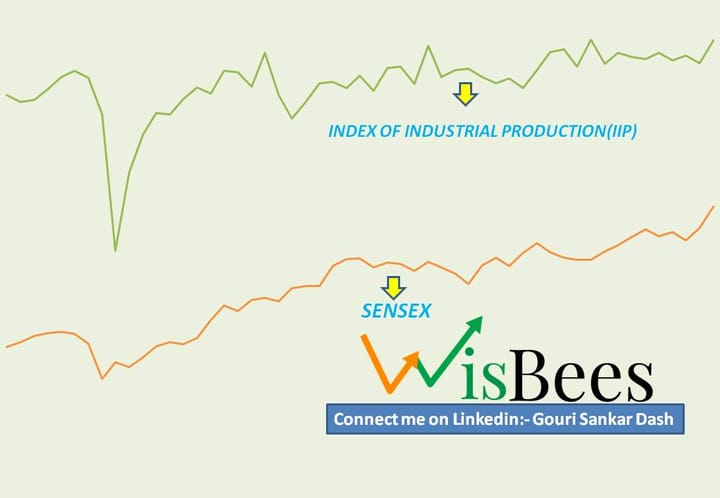Capital Allocation Line (CAL line)

The Capital Allocation Line (CAL) is a straight line that represents the trade-off between expected return and risk for a portfolio that consists of a risk-free asset and a risky portfolio.
Understanding Capital Allocation Line
The CAL is constructed by drawing a line that connects the risk-free rate of return (usually the rate on Treasury bills) to a point on the Efficient Frontier of the risky portfolio.
What is an Efficient Frontier?
The Efficient Frontier is a graph that shows all the possible portfolios that an investor can construct using a combination of risky assets. The point on the Efficient Frontier that is selected for the CAL is the portfolio that offers the highest risk-adjusted return, as measured by the Sharpe Ratio.
What is Sharpe Ratio?
The slope of the Capital Allocation Line is equal to the Sharpe Ratio. The slope of the CAL represents the extra return an investor can earn for each additional unit of risk they take on.
Portfolios that lie above the CAL have higher expected returns for the same level of risk, while portfolios that lie below the CAL have lower expected returns for the same level of risk.
Application of CAL
The CAL provides a framework for constructing portfolios that balance risk and return. The investor can choose any point on the line to construct a portfolio that offers a particular level of expected return and risk. The investor can also adjust the mix of the risk-free asset and the risky portfolio to change the risk and return of the portfolio. The CAL is a useful tool for portfolio management because it provides a simple way to evaluate the risk and return of a portfolio and to construct portfolios that meet the investor's objectives.
Key Takeaways
- The Capital Allocation Line (CAL) represents the trade-off between expected return and risk for a portfolio consisting of a risk-free asset and a risky portfolio.
- The CAL is constructed by connecting the risk-free rate to a point on the Efficient Frontier, which represents the highest risk-adjusted return portfolio.
- The slope of the CAL is equal to the Sharpe Ratio, which measures the extra return an investor can earn for each additional unit of risk.
- Portfolios above the CAL have higher expected returns for the same level of risk, while portfolios below the CAL have lower expected returns for the same level of risk.
- The CAL provides a framework for constructing portfolios that balance risk and return, allowing investors to choose a point on the line to meet their objectives and adjust the mix of assets to change the risk and return.



